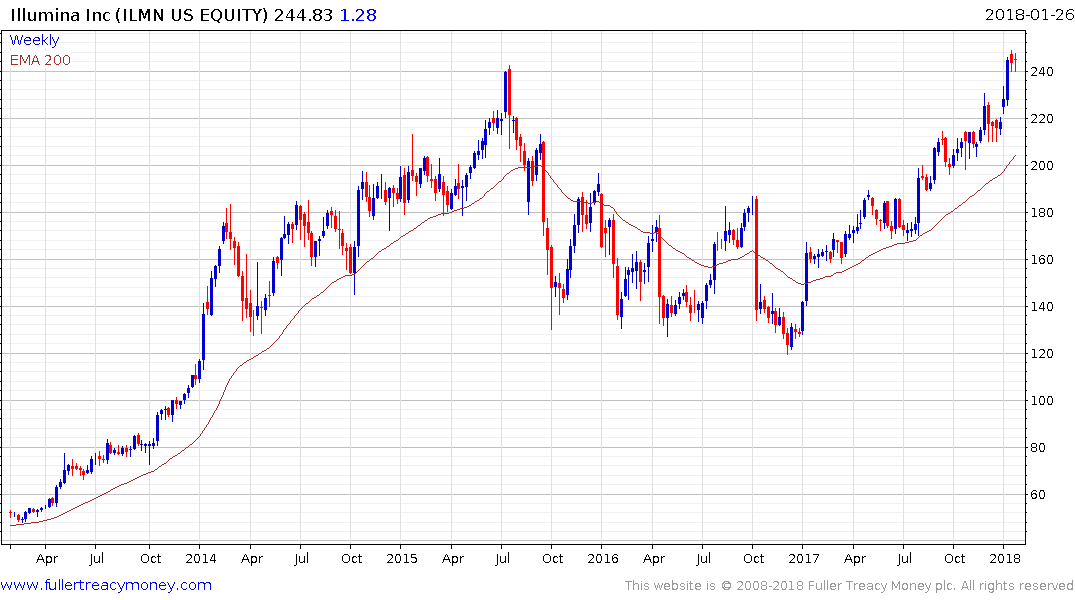Axolotl genome sequenced, revealing regeneration genes
This article by Michael Irving for Gizmag may be of interest to subscribers. Here is a section:
To help potentially unlock the axolotl's regeneration secrets, an international team of scientists has now mapped the animal's genome. And that was no easy feat: The axolotl genome contains a staggering 32 billion base pairs of DNA, meaning it's more than 10 times bigger than that of humans and is currently the largest genome ever sequenced.
This enormous undertaking was completed using the PacBio platform, which can sequence more regions of the genome in each individual "read". Since there's far too much information in the entire genome, these tools divide the work up into smaller chunks at a time, called reads. Even though PacBio can perform longer reads than other systems, it still took more than 72 million reads, and other software can then stitch together the full genome from all these pieces.
On analysis of the genome, the researchers found several genes unique to axolotls and other amphibians that are expressed during regeneration. Interestingly, a gene called PAX3, which was previously considered vital to the development of an organism, was completely missing from the genome. Instead, the related gene PAX7 appears to have taken over those critical functions.
The first promise of biotechnology delivering personalized medicine evolved during the boom of the 1990s with enthusiasm for innovation running well ahead of the time it takes to bring therapies to commercialization. In the 18 years since then, the pace of innovation in biotechnology has been on an exponential growth trajectory with the result that gene therapies are now at the point of being introduced to patients. The first genetically engineered therapy was permissioned by the FDA last year and it is likely to be the first of many.
Immuno-oncology is the first sector these tailored therapies are appearing because the need is great, the diseases are often terminal, so the risk of doing additional damage is reduced, and cost of existing treatment is very high. Impressive success rates have been achieved with blood cancers and the focus of research is now moving on to solid cancers which are more resistant to the T-Cell alterations currently being employed. When we consider the realm of the possible then the world is on the cusp of conquering leukemia. It will take longer for solid cancers.
Identifying genes that influence regeneration represents a panacea for the medical sector. It is almost beyond belief at this stage that humans will ever be able to regenerate limbs much less soft tissue. It is not a near-term solution but perhaps it will be closer to commercialization in 20 years, considering the regulatory obstacles and the less than complete understanding we have of genetics.

Illumina is still the world leader in genetic sequencing machines and its most recent architecture is expected to bring the cost of sequencing the full genome down to $100. Within the decade that cost is likely to be negligible and the range of services designed to interpret the data are likely to proliferate.


